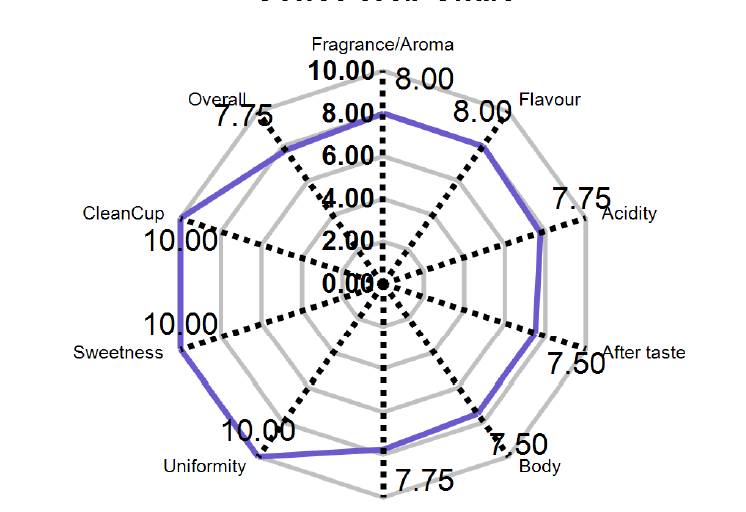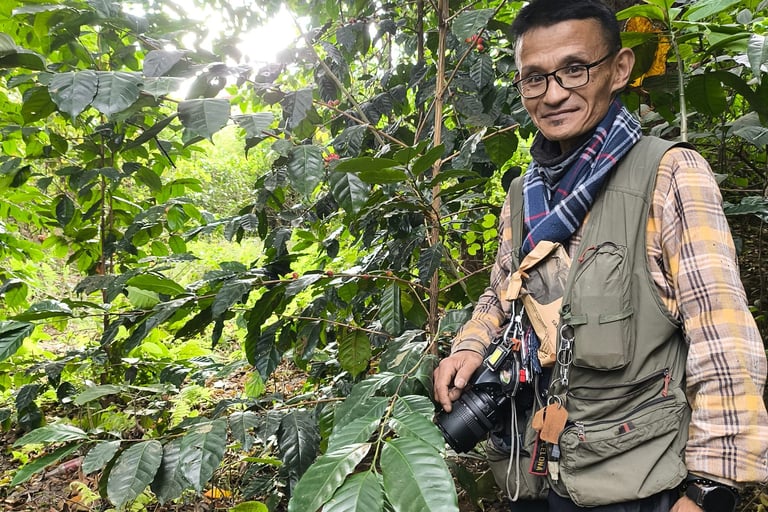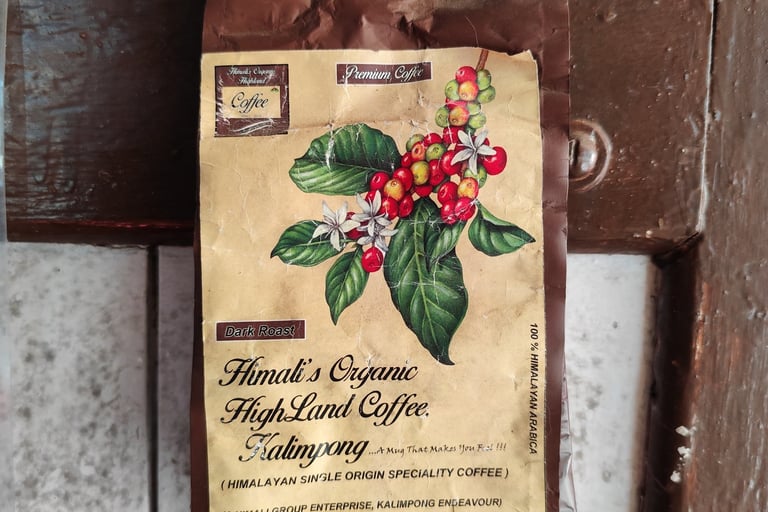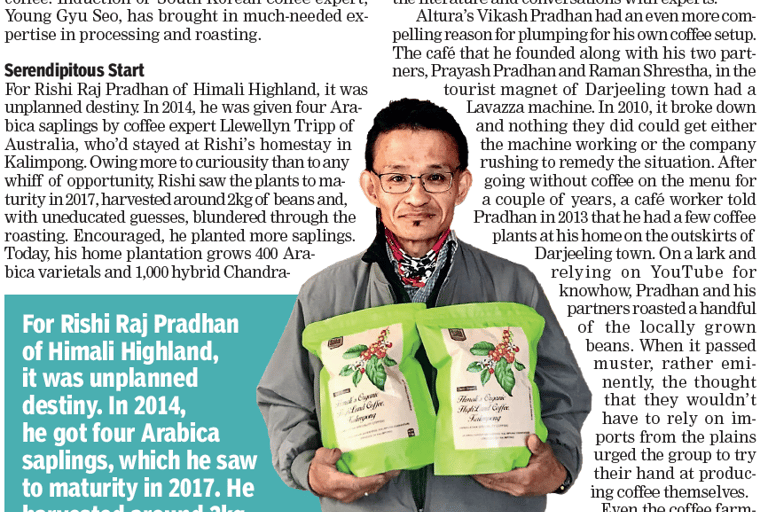Chandragiri Variety: A Coffee Revolution in North India
Explore the remarkable qualities of Chandragiri, India's groundbreaking hybrid coffee variety. Dive into its unique flavor characteristics, its transformative impact on India's coffee industry, and its promising potential in international markets. We'll also take a look at how it compares to traditional South Indian varieties and what it means for the future of Indian coffee on the world stage.
7/31/20253 min read


India's coffee story typically begins in Chikkamagaluru in the south, and most coffee is indeed still produced in South India. While not widely known, India actually has a remarkably long history of coffee cultivation and production. The country has also developed coffee varieties specifically suited to India's unique soil, environment, and climate conditions.
Through these dedicated efforts, new coffee varieties have been successfully cultivated, with some even achieving specialty-grade scores. You can learn more about this in our previous post below:
> Quality Report: Himali Highland Coffee from Northern India's Himalayas


Chandragiri: Innovation Born in South India
When the first coffee seeds arrived in the ancient city of Chikkamagaluru in South India during the 16th century, no one could have imagined that this crop would eventually spread throughout the entire country. Now, it seems that new varieties adapted to India's unique soil and environmental conditions are gradually coming into the light.
The Chandragiri coffee variety was developed in 2007 by India's Central Coffee Research Institute (CCRI) as an Arabica variety with the following characteristics:
Adaptability to various altitudes
Strong disease and pest resistance
Stable yield production
Excellent cup quality
Chandragiri beans are mostly A-grade, with 25-30% achieving AA-grade, and are a cross between Villa Sarchi and Hibrido de Timor. The variety was developed through 21 years of research and field trials.


Success in North India's Himalayas
While we're not certain whether India's Central Coffee Research Institute (CCRI) developed the Chandragiri variety specifically with North India in mind, several passionate North Indian producers are successfully cultivating this variety.
You can read about our visit to Mr. Rishi's farm in Kalimpong, located on the border between Sikkim and West Bengal in North India, through the link below:
> Experiencing Himali Highland Coffee From Kalimpong, North India


Kalimpong's Chandragiri coffee has recently succeeded in achieving specialty-grade status. This was made possible through a combination of the following factors:
1. Unique Growing Environment
Altitude of 1,200-1,500 meters above sea level
Mild climate conditions
Mineral-rich soil
2. Innovative Cultivation Methods
Application of organic farming practices
Precise harvest management
Rigorous quality control
Regional Expression: North vs South
The unique environment of each region creates different characteristics even within the same Chandragiri variety.
South Indian Chandragiri:
Rich body
Balanced acidity
Chocolate notes
North Indian Chandragiri:
Bright acidity
Floral notes
Clean finish


New Possibilities
The successful establishment of Chandragiri in North India demonstrates new possibilities for India's coffee industry. Mr. Rishi's success story is inspiring other North Indian farmers, supporting the potential for regional coffee industry development mentioned in our previous posts.
You can also read about North Indian coffee growers in other newspaper articles. The original text is in English, and we've translated it as naturally as possible into Korean.


Himalayan Bloom Coffee
Connecting coffee lovers with Himalayan farmers worldwide.
© 2024. All rights reserved.
